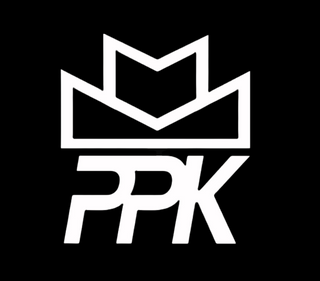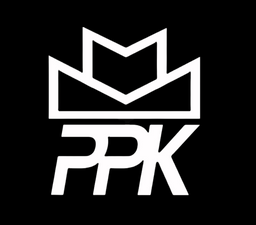THE HISTORY OF UK NUMBER PLATES

Since the introduction of the Motor Car Act in 1903, vehicle registration plates in the UK have gone through a number of changes. All number plates were originally black with white, grey or silver characters, the history of UK number plates is a fascinating story of innovation and evolution. In this blog post, we take a look at the history of UK number plates, from the early days of the Motor Car Act to the present day.
A History of Number Plates Exploring the Origin and Purpose of Vehicle Registration Numbers
Number plates, or vehicle registration numbers, have been around since the late 19th century, when they were introduced in the UK as a way to identify and track motor vehicles. They have come a long way since then and are now an integral part of modern road transportation. Number plates are used in many countries around the world, as a way to identify and register a vehicle, as well as to assist in enforcement of road laws.

Due to the ever-growing number of vehicles on the roads, accidents and injuries had become increasingly commonplace. Before this, the Locomotive On Highways Act of 1896 was the only limitation or regulation in place. However, as the number of cars and motors increased, the government realised THE conditions of new laws needed to be implemented.
In 1903, the Motor Car Act was introduced to the UK, having originally been brought in five years earlier by the Dutch. Its purpose was to identify both vehicles and their drivers by mandating the display of registration marks, usually consisting of up to three letters of a local council code followed by a randomly assigned number (e.g. ABC 123). The first registration mark issued was “A1”, and was given to Earl Russel, who had waited outside to be the first to receive one. Problems arose when it was realised that both cars and motorcycles had the same numbers and letter combinations, leading to confusion. To make matters worse, if a vehicle was taken from one area to another, its registration would have to be changed. This was eventually put to a stop by the 1920 Roads Act.
The Suffix System 1963
In the 1950s, a surge in wages and the advent of mass production technology caused the price of cars to drop significantly. This resulted in a boom in vehicle ownership; it seemed like every household in Great Britain had their own car. This spike in registrations put a great strain on local councils and the Licensing agency as they couldn't keep up with demand; they were running low on numbers. To remedy this problem, the government was forced to alter the format of registration numbers so that there would be enough for everyone.
The suffix system proved to be the solution, adding an extra letter at the end of the registration sequence in order to signify the year the vehicle was licensed. For instance, a vehicle registered in 1963 would have the registration XXX 111A, 1964 would be XXX 111B, and 1965 would be XXX 111C. This system allowed over 255 million new combinations to be made up each year, providing more than enough to meet the demand and alleviating any pressure on the united kingdom registration system.
Other Changes
The local licensing agency councils were tasked with the responsibility of creating and managing the registrations, which was the first alteration to the process since 1903. This was a massive undertaking.
The style of license plates in the united kingdom have changed over time, from being white or silver numbers on a black background, to the plates we know today with black digits on yellow and white backgrounds. However, cars licensed before 1st January 1980 are still allowed to have silver and black registrations.

In 1974, the introduction and successful operation of a centralised DVLA licensing agency system meant that local councils were no longer responsible for registration duties.
In 1980, the DVLA determined that yellow and white number plate registrations with black characters were the most visible to the human eye. This makes it easier for drivers to recognise if they are looking at the front or the back of a car.

In 1983, the government implemented the Prefix system to replace the Suffix system due to the fact that all numbers had been used up. This system moved the letter (indicating the year) to the start of the registration number. For example, "AXXX 111" would indicate the year 1983.
The last two letters of the plate indicate the area code of where the vehicle was registered. However, not all numbers were put on vehicles as a large number of them were kept by the DVLA for later use or for personalised registrations. After two decades, the system had been completely exhausted and a new format was needed.
Since 2001, number plates have changed due to the exhaustion of the prefix style, as well as studies finding that witnesses in hit and run incidents remembered letters easier than numbers.

This prompted a rearrangement of plate formats, which break down as follows: the first two letters indicate the local region (e.g. BA-BY for Birmingham), the next two are the date ID (01-10 for 2001-2010, 11-61 for 2010-2020 and 21-71 for 2020 onwards), and the last three letters are randomly chosen, including the letter Z.
This has made certain plates more desirable, such as old plates with limited digits and registrations that spell out names. Over the years, buying and selling number plates has become increasingly popular, with thousands of people now involved in the market. It is incredible to see how something so simple has evolved.


